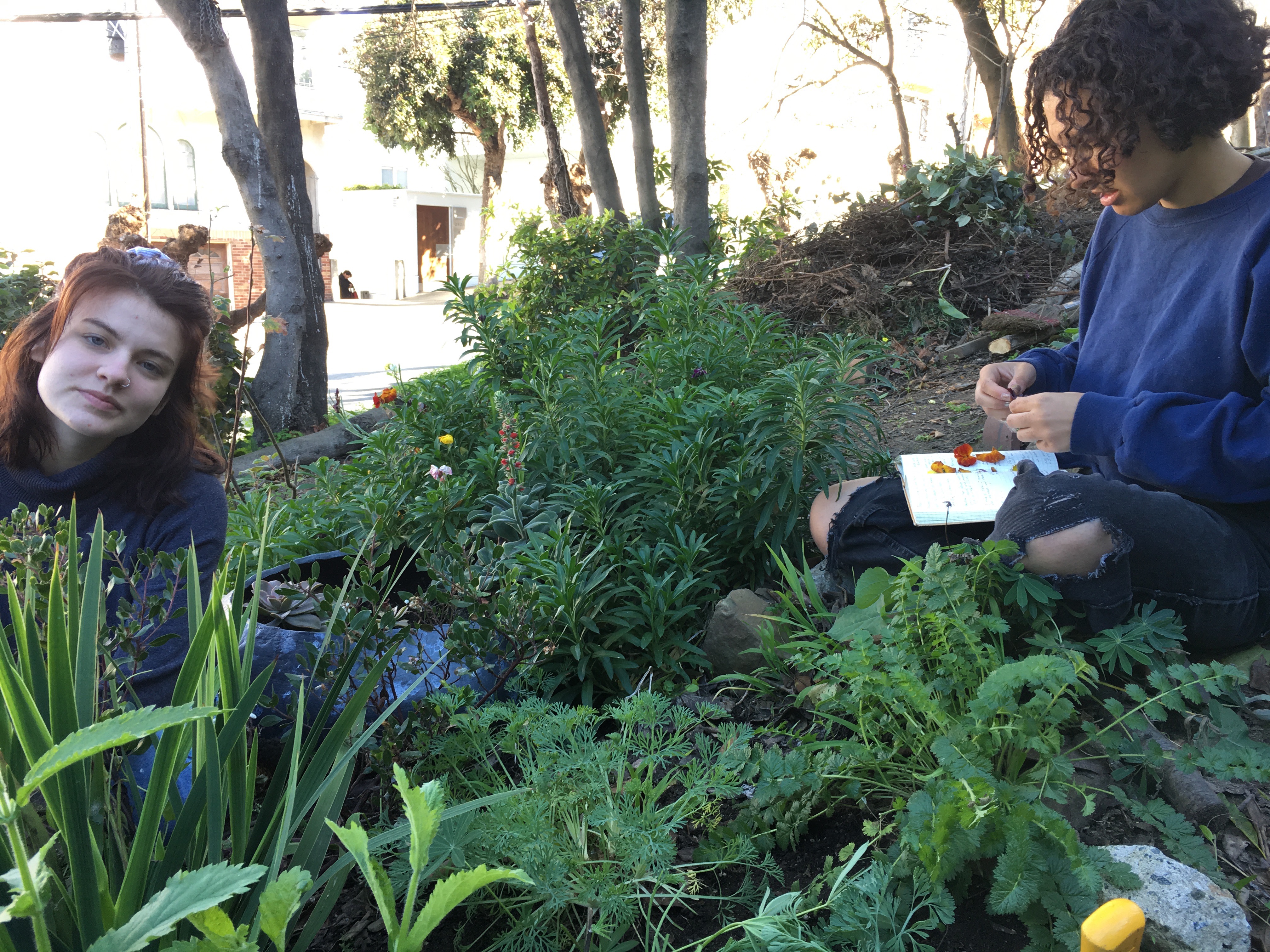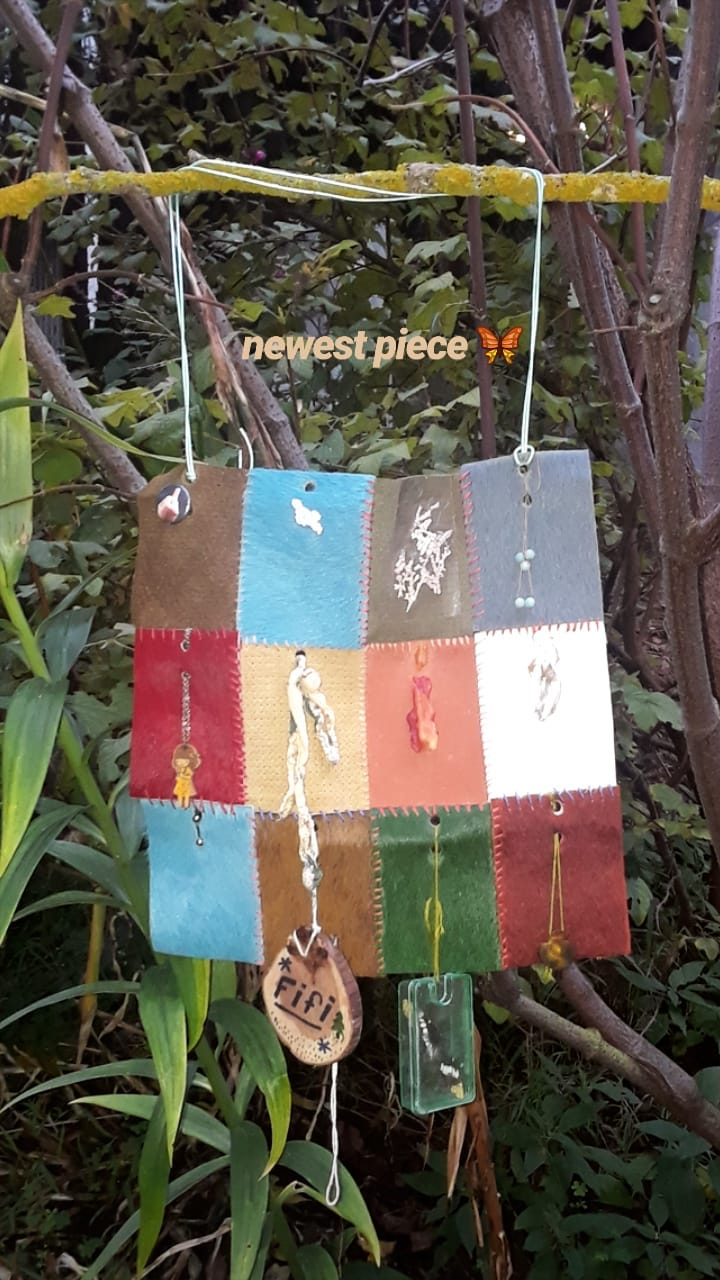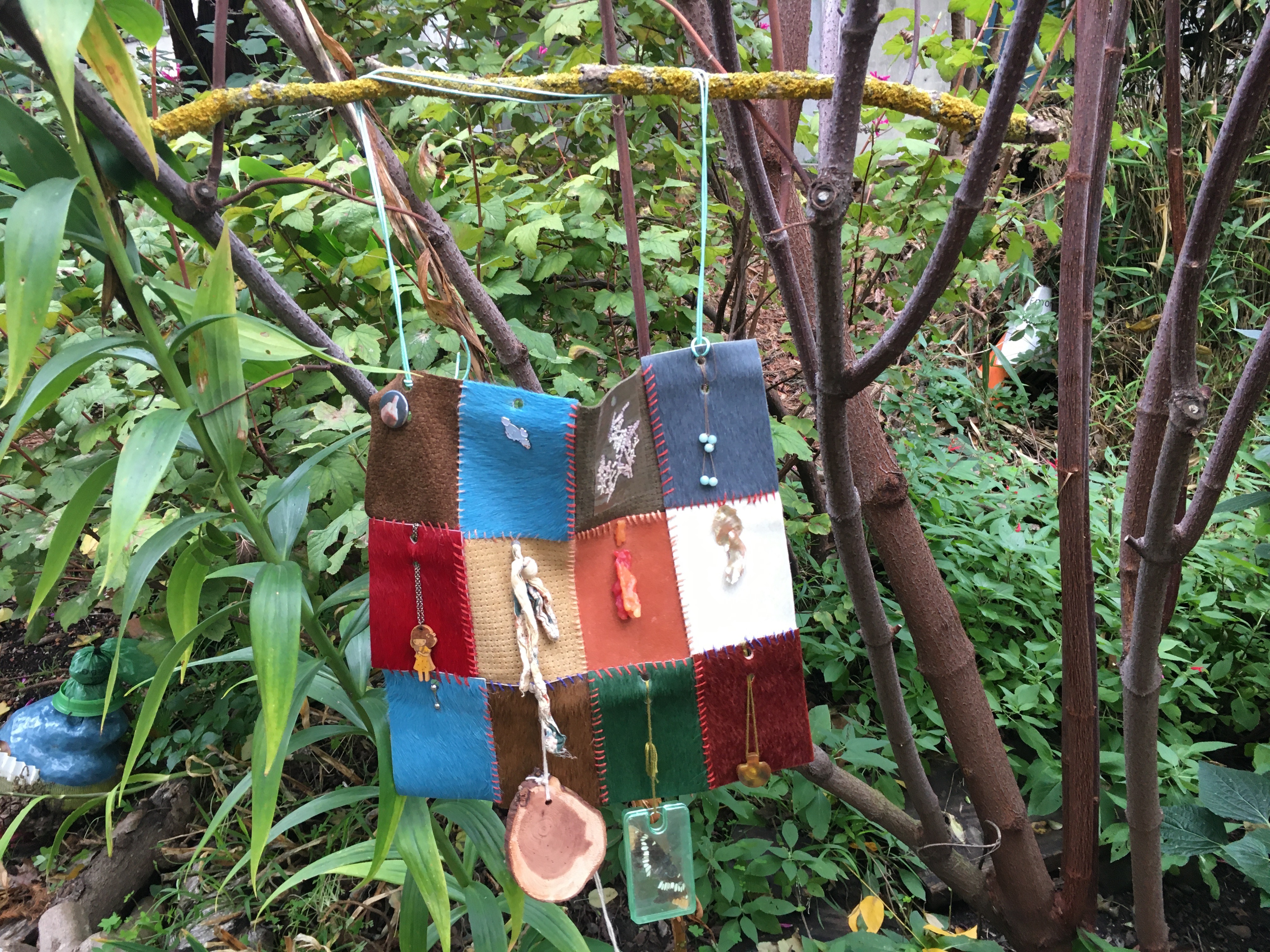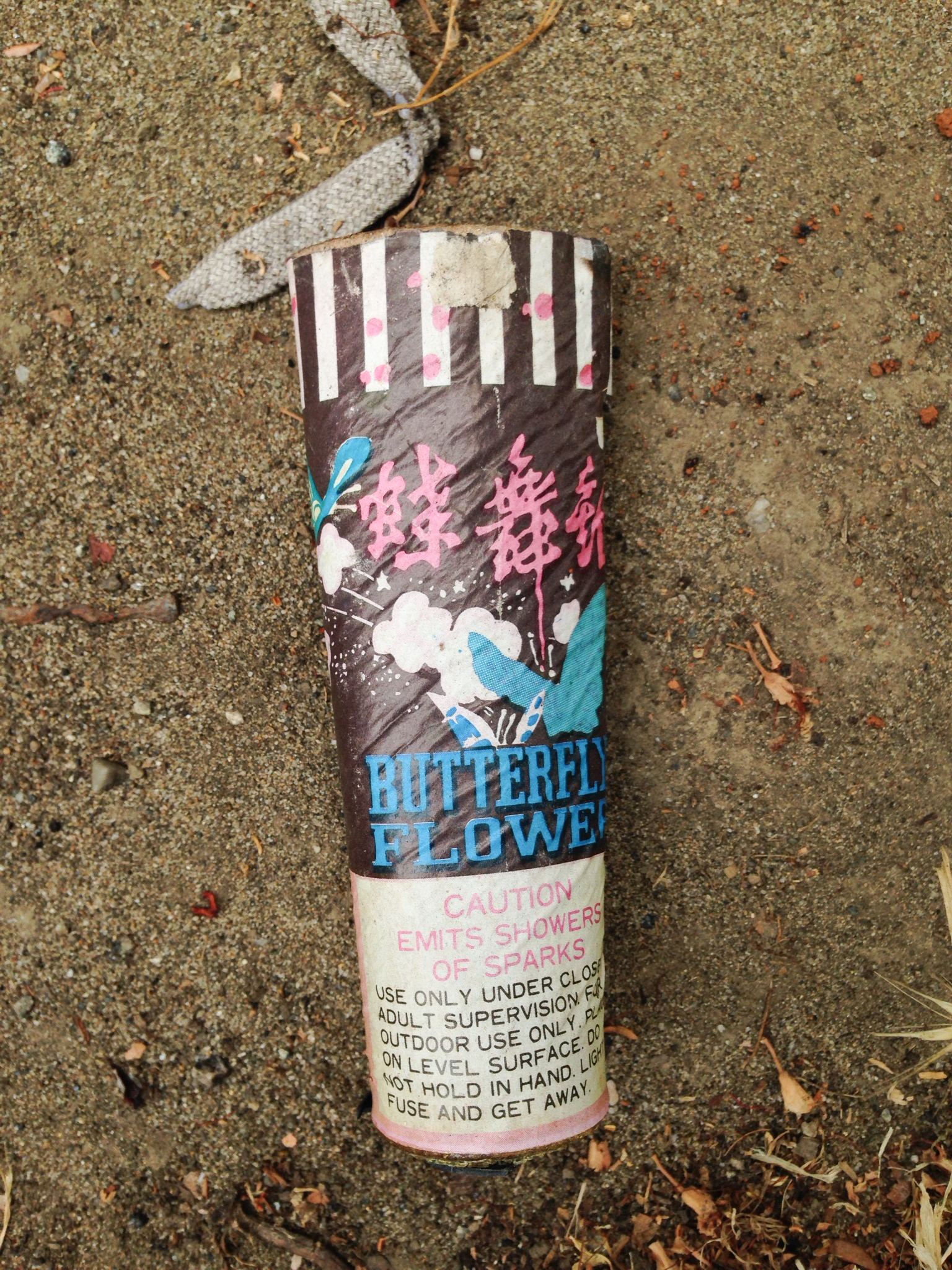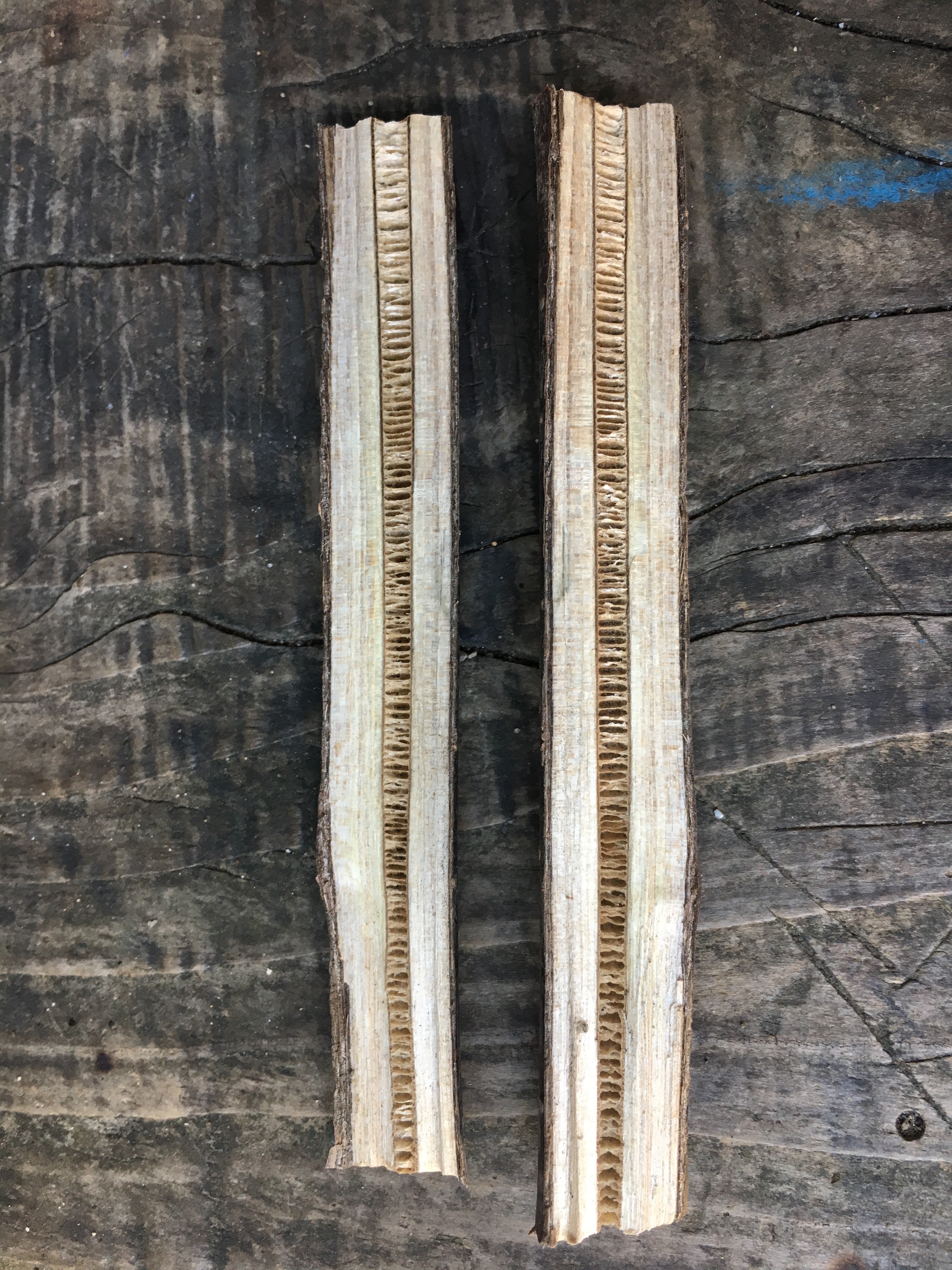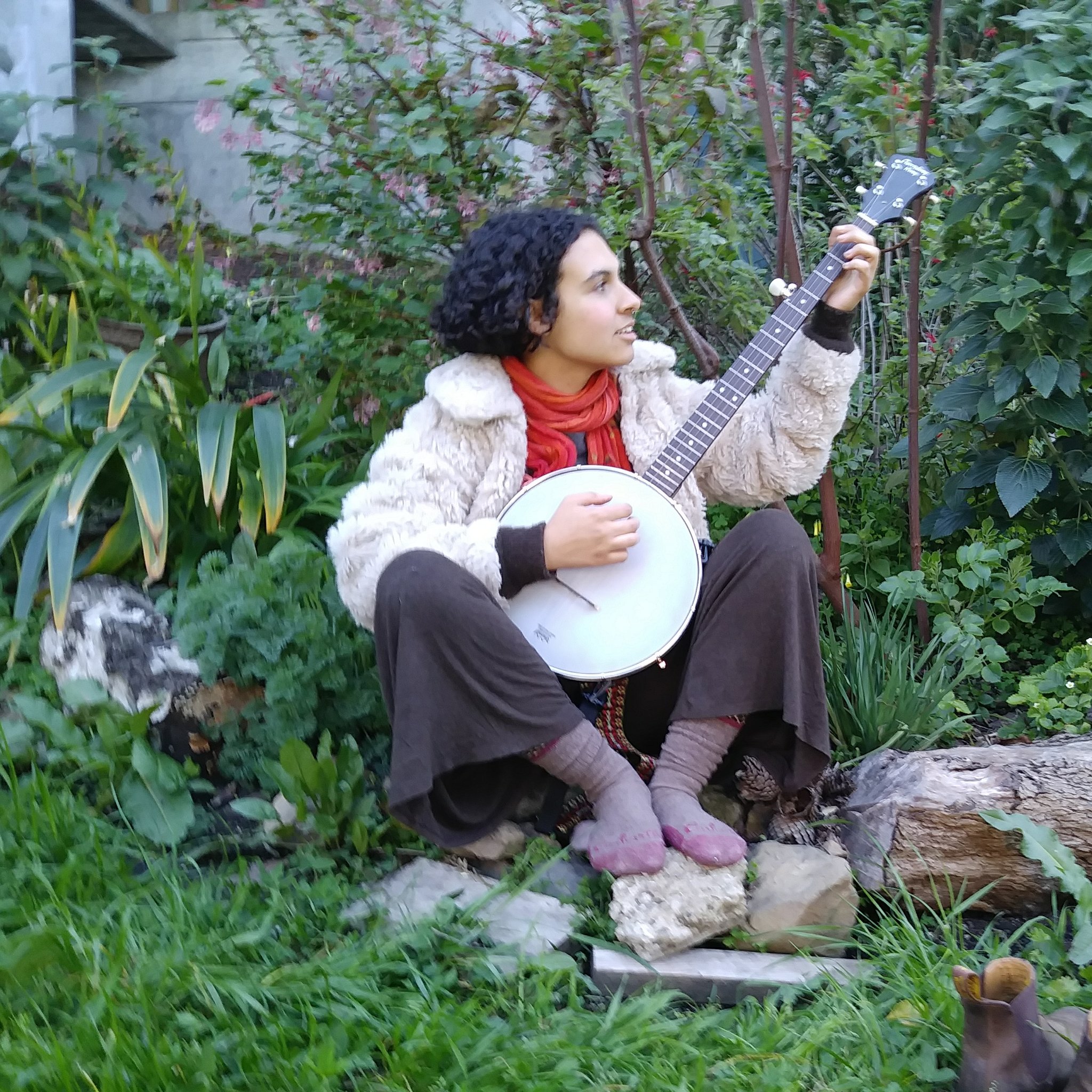
The Meadow: Seraphina Perkins
Author
Genine Lentine and Seraphina Perkins
Decade
2010s
Tags
The Meadow Animals
Music Ritual
During my time at SFAI, the meadow offered a sanctuary and safe space for relaxation, exploration, intuitive and spiritual inspiration; a place for peaceful and calm contemplation during the stress of school.
I love that the actual physical area with different beds, how they separate different areas of the meadow, has an intention and flow to it. There’s a place for writing, or a place for drawing. And it changes so much. It’s always a different meadow when you visit. It’s always in flux. There are new art pieces. Sculptures, new buds and flowers growing, new mushrooms, fallen branches with lichen from the buckeye tree. I loved climbing the buckeye during different phases of the year, whether it was bare in winter or full of leaves in spring, it was such a sweet place to hide away and view things from an elevated space. I love that the meadow was a place of consistency and discovery. It was always a consistent, safe space, but there was always something new to discover, which I appreciated a lot.
You’re never alone in the meadow; within the concrete city surrounding it, it’s like an ecosystem that draws in life that you wouldn’t see otherwise, with so many different bugs and birds. A little oasis. When I started school at SFAI, having moved from a rural area to the city, it meant the world to have that kind of comfort and familiarity, and to have both worlds integrated within a school. I loved bringing my dogs from home, Bucky and Geebs, to the meadow when they’d visit, and they loved it too.
I couldn’t imagine being at SFAI without the meadow. If there were other students, people were always respectful, whether it was a group or someone looking for alone time. There was always space for all of it at once.
If I was going to perform a musical piece with the banjo before Diego Rivera Gallery shows, I would always practice in the meadow and it made me feel more prepared and comfortable. One day during my second year, when I first got my banjo, I brought it to the meadow to garden with Genine, and it felt like I was christening it. A jam session and a garden session at once.
Near the end of my time at SFAI, my most grounded understanding of my art practice was rooted in family and spirituality, and connection to ancestry, and using the earth and nature as this tangible connection to that; the earth and the body and lineage, it all feels connected, and the meadow offered a quiet space to delve deeper into that. Words that come to mind are organic, intuitive, a sense of place, what it means to feel a sense of place, in your body or in a geographic area; what it has meant for your ancestors to have felt a sense of place and how the land can allow for that.
During my last year at SFAI, I did a project of embroidered scrolls. I had three poems on three scrolls, one poem on each. They were all about ancestry and feminine lineage, specifically women in my family who have passed away, their intergenerational trauma and therefore their intergenerational strength, and my connection to them. I thought it would be special to place the project in the sage plant, because of what sage represents, and because it’s sacred. I harvested sage from the meadow and used it in prayer or ritualistic practices to connect to these same ancestors, and what I wrote about felt potent, too. One of the poems talks about having more than one mother and being more than one daughter, and about how, after becoming more in touch with my spirituality, I realized that the earth is a form of mother, and so is a meadow or garden, a river or a mountain, a plant or a tree.
GL/SP
I love that the actual physical area with different beds, how they separate different areas of the meadow, has an intention and flow to it. There’s a place for writing, or a place for drawing. And it changes so much. It’s always a different meadow when you visit. It’s always in flux. There are new art pieces. Sculptures, new buds and flowers growing, new mushrooms, fallen branches with lichen from the buckeye tree. I loved climbing the buckeye during different phases of the year, whether it was bare in winter or full of leaves in spring, it was such a sweet place to hide away and view things from an elevated space. I love that the meadow was a place of consistency and discovery. It was always a consistent, safe space, but there was always something new to discover, which I appreciated a lot.
You’re never alone in the meadow; within the concrete city surrounding it, it’s like an ecosystem that draws in life that you wouldn’t see otherwise, with so many different bugs and birds. A little oasis. When I started school at SFAI, having moved from a rural area to the city, it meant the world to have that kind of comfort and familiarity, and to have both worlds integrated within a school. I loved bringing my dogs from home, Bucky and Geebs, to the meadow when they’d visit, and they loved it too.
I couldn’t imagine being at SFAI without the meadow. If there were other students, people were always respectful, whether it was a group or someone looking for alone time. There was always space for all of it at once.
If I was going to perform a musical piece with the banjo before Diego Rivera Gallery shows, I would always practice in the meadow and it made me feel more prepared and comfortable. One day during my second year, when I first got my banjo, I brought it to the meadow to garden with Genine, and it felt like I was christening it. A jam session and a garden session at once.
Near the end of my time at SFAI, my most grounded understanding of my art practice was rooted in family and spirituality, and connection to ancestry, and using the earth and nature as this tangible connection to that; the earth and the body and lineage, it all feels connected, and the meadow offered a quiet space to delve deeper into that. Words that come to mind are organic, intuitive, a sense of place, what it means to feel a sense of place, in your body or in a geographic area; what it has meant for your ancestors to have felt a sense of place and how the land can allow for that.
During my last year at SFAI, I did a project of embroidered scrolls. I had three poems on three scrolls, one poem on each. They were all about ancestry and feminine lineage, specifically women in my family who have passed away, their intergenerational trauma and therefore their intergenerational strength, and my connection to them. I thought it would be special to place the project in the sage plant, because of what sage represents, and because it’s sacred. I harvested sage from the meadow and used it in prayer or ritualistic practices to connect to these same ancestors, and what I wrote about felt potent, too. One of the poems talks about having more than one mother and being more than one daughter, and about how, after becoming more in touch with my spirituality, I realized that the earth is a form of mother, and so is a meadow or garden, a river or a mountain, a plant or a tree.
GL/SP













